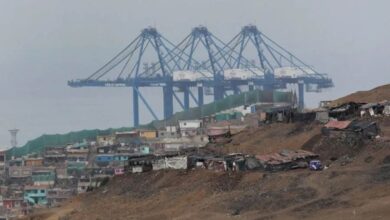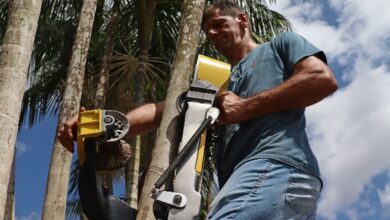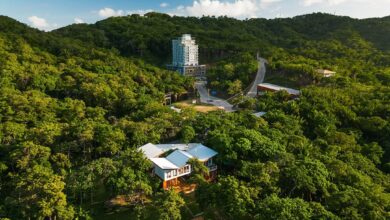Amazon Green Returns Even as Chainsaws Hum a Relentless Chorus
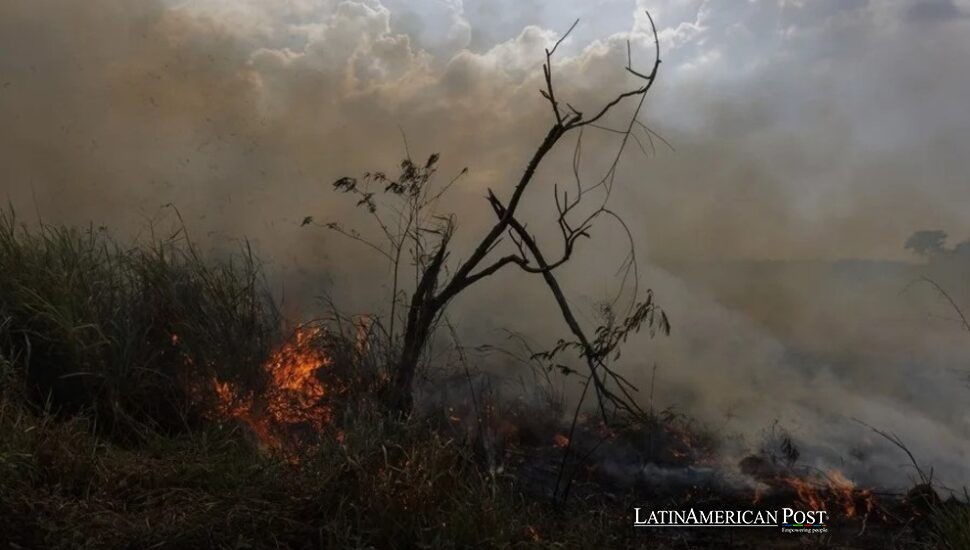
Across the tropics, forests are whispering two truths at once. In satellite images, new green rises like breath over old wounds. Saplings reclaim logged clearings. Young canopies shimmer where once there was ash. Yet even as those shoots climb, the sound of chainsaws does not stop. The world’s forests, especially the Amazon, are growing and dying at the same time—an ecological paradox that feels like a heartbeat racing toward collapse.
Regrowth Is Real—And It’s Born of Loss
Between 2015 and 2021, more than 11 million hectares of tropical moist forest—an area roughly the size of Cuba—entered some stage of natural regrowth, according to the Forest Declaration Assessment 2025. Latin America led that fragile comeback, posting a 750% rise in recovery, with tropical Asia not far behind at 450%. On paper, it looks like the forest remembers how to heal. But healing, scientists warn, is not the same as recovery.
In 2024 alone, the world still lost about 8.1 million hectares of forest—almost the same as a decade ago, and nowhere near the trajectory required to meet the global pledge of zero deforestation by 2030. “Global forests remain in crisis,” the report concludes. The paradox is brutally simple: forests regrow because they’ve been cut down. “Tropical forests wouldn’t be regrowing if they weren’t cleared in the first place,” Erin Matson, the assessment’s lead author, told Mongabay. “An increase in regrowth is often correlated to an increase in loss.”
Every tree that falls opens light and soil for new life—but each clearing erases the complexity it took centuries to build. The result is an illusion of resilience. The same data that shows recovery also documents the grief that made it possible.
El Niño’s Smoke, The Amazon’s Alarm
Nowhere does that contradiction burn brighter than in the Amazon Basin. During the 2023–2024 El Niño, about 150,000 forest fires flared each month of the dry season—seven times higher than in any previous El Niño year. The smoke turned day into dusk across Brazil, Peru, and Bolivia, releasing more carbon than many industrialized nations emit in a year. “Even though they’re reducing deforestation, their forest loss is still really high,” NASA scientist Sassan Saatchi told Mongabay.
The Amazon, once the planet’s greatest carbon vault, became a net source of greenhouse gases. In Bolivia, flames devoured nearly a tenth of the country’s remaining intact moist forests. That single nation accounted for almost one-third of global tropical forest carbon emissions for the year.
The problem runs deeper than the flames themselves. Since 1990, roughly 51 million hectares of tropical moist forest have regenerated—but over half of that regrowth lies in regions under heavy deforestation pressure. Between 2015 and 2023, around 260,000 hectares of these young forests were cleared again, often before they had time to mature. From space, satellite maps may show green pixels returning. On the ground, those greens are temporary, fragile life that grows just long enough to be lost again.
Pledges, Profits, And the Arithmetic of Failure
Four years after 127 countries signed the Glasgow Declaration to end forest loss by 2030, the trend line is still flat. To stay on target, annual deforestation should have fallen to five million hectares by 2024. Instead, it remains above eight million. The authors of the Forest Declaration say that cutting must halve in a single year to realign with the goal—a fantasy even the most optimistic analysts doubt.
Meanwhile, the oldest and richest forests—the ones that hold the most carbon—are disappearing fastest. In 2024, the world lost 6.7 million hectares of primary forest, releasing 3.1 billion metric tons of CO₂ equivalents —roughly 1.5 times the entire U.S. energy sector’s annual emissions. Inside Key Biodiversity Areas, tree cover loss actually rose 47% from the previous year.
The engine behind it all is painfully familiar. Agriculture—pasture for cattle in Latin America, oil palm and rubber in Asia—drives about 86% of global deforestation. Governments keep promising reform, corporations keep pledging “zero-deforestation” supply chains, yet the numbers tell a different story. Public financing for forest protection averages $5.9 billion a year, while $409 billion in subsidies flows annually to large-scale industrial agriculture. The math borders on absurd: to meet restoration goals, spending on forests would need to multiply by twenty.
The Case for Letting Young Forests Grow Old
Hidden within this grim arithmetic is a quiet opportunity. Natural regeneration is already happening, often without human intervention or expense. It’s spontaneous, scalable, and—if protected—astonishingly effective. Secondary forests between 20 and 40 years old absorb carbon at their fastest rate, delivering up to eight times more carbon benefit per hectare than newly planted trees. “Protecting these young secondary forests is as critical as preserving primary and pristine forests,” the assessment warns.
But protecting them requires seeing them. Regrowth is patchy and often mistaken for plantations. Global estimates remain shaky, limited by uneven data and conflicting national definitions. Even so, restoration covers barely 0.3% of the world’s potential forest-restoration area—a sobering fraction a decade into the U.N.’s so-called Decade on Ecosystem Restoration.
History offers its own warning. Across the tropics, logged or burned land often sprouts again only to be felled once more when commodity prices rise. In that cycle, regrowth isn’t recovery—it’s relapse. Repeated clearing drains soil, alters rainfall, and invites fire. Each time the forest comes back weaker, more fragmented, less able to resist the next assault.
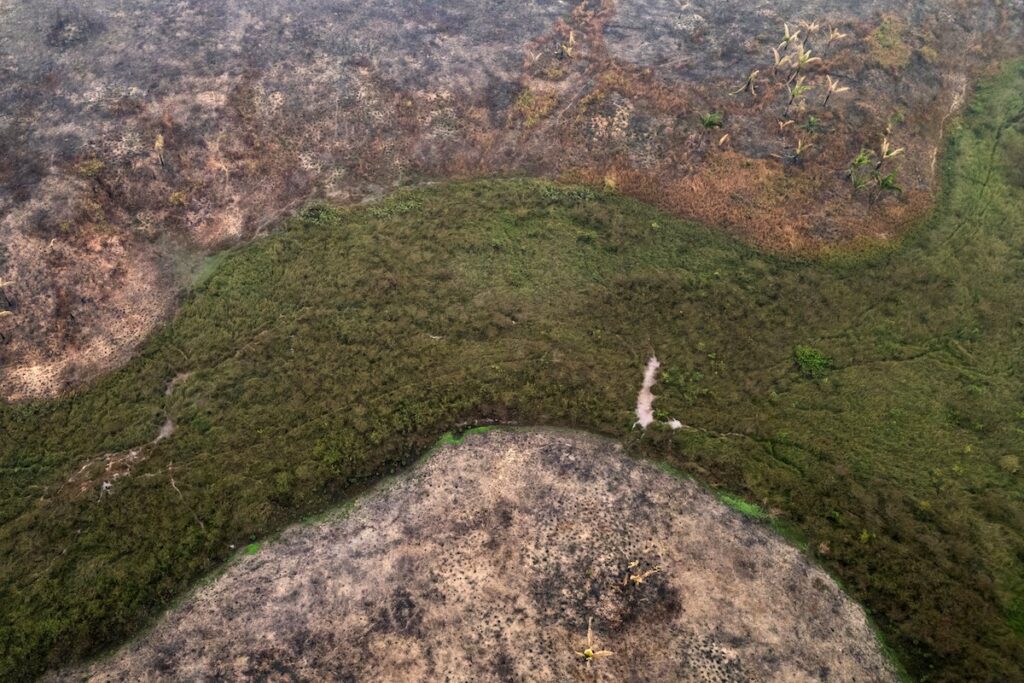
EFE
Oscillation Is Not Stability
The story of the world’s forests is no longer a battle between destruction and recovery—it’s a pendulum swinging too fast to rest. Natural regrowth expands because deforestation never truly stops. From orbit, the oscillation can look stable: green scars fading, new scars appearing. But measured in ecological integrity—age, structure, species richness—the world’s forests are shrinking in silence.
Each patch of young green hides a loss of memory. Every regrown hectare represents a forest that never got the chance to grow old. The Amazon, gasping through another El Niño, is the planet’s living proof that regrowth alone cannot save what’s burning.
Also Read: Tears on the Bridge: Seventeen Colombians Walk Home from Venezuelan Prisons
The question is no longer whether the forest can regenerate. It can, and it will. The question is whether humanity can learn to stop clearing faster than nature can heal. Because every time the chainsaws fall silent, the forest begins again—and so does the countdown.

